The British winter can throw lots of challenges at motorists. Depending on where you live, you’ll need to deal with storms, freezing fog or even endless ice and snow – and the whole nation is blanketed by crushing darkness before we’ve sat down to dinner. With that in mind, Parkers has prepared some winter driving advice to keep you safer and more comfortable during the colder months.
A universal piece of advice for driving in winter is to expect the unexpected. For example, when driving in snow and ice, your car will handle differently than it will on dry Tarmac – and in the worst cases, the weather can cause blocked roads and unforeseeable delays. Rain and dense fog, meanwhile, present their own set of challenges regarding visibility.
Having the right tools for the job will make your winter motoring excursions far easier. Taking a few simple precautions should help keep you safe regardless of the conditions you come across. Most importantly, leave extra time to give yourself a chance to defrost the windows and tackle slippery roads without having to rush.
When the weather gets truly biblical, the government will simply advise against travelling altogether. That may suit those who are lucky enough to work from home, but for those who need to commute to work or simply stay mobile for family duties, that isn’t an option.
If you’re in the latter camp, scroll down for our top tips and best advice for winter driving. It applies to snow, rain, high winds and even just damp and mucky weather – and all the points have been hand-picked by the Parkers car reviews team.
Tyres
Making the most of them
Ensure your tyres have plenty of tread left and are in good overall condition with no cracks or bulges. Make sure the tyres are pumped up to the pressure recommended in your owners’ manual and check the pressures weekly. If a tyre pressure monitoring system is fitted, reset this once you’ve topped up.
Should you buy winter tyres?
If you have the money and space, winter tyres are a worthwhile investment – regardless of whether it snows or not. They offer improved grip and traction on snow and ice compared with standard tyres, and they perform better on cold Tarmac as well.
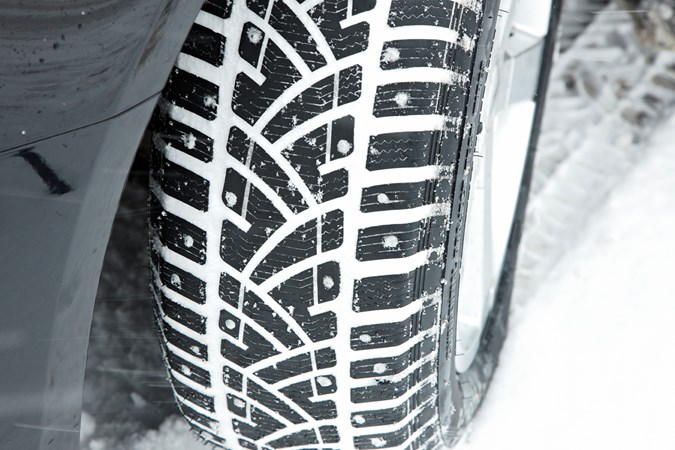
As a result, winter tyres will typically make driving along wintry roads in a two-wheel drive car far easier and safer compared to a four- or all-wheel-drive car on regular tyres. Put winter tyres on a car with all- or four-wheel drive and you’ll have something that’ll easily tackle the worst that winter can throw at it; if you’re thinking about buying a winter car, check out our best cars for UK snow and winter driving guide for ideas.
You could also consider all-season tyres, if you don’t have the space for a set of winters, but these generally aren’t as good as outright winter or summer tyres in their respective seasons.
Wipers and lights
Washer fluid
Keep this topped up with a mix of water and screenwash to ensure that you can see clearly through the windscreen however mucky the conditions. The bottle should state the correct ratio to use, which will prevent the washer fluid reservoir and pipework freezing.
We recommend the Volkswagen Group own brand (Part No G052164M2) option. It’s suitable for all makes (not just Audi, SEAT, Skoda and VW), and is very cheap and effective. If you can’t find it, go for one of the recommended options from our best screenwash guide.
Windscreen wipers
Check these are in good condition and that they effectively clear the glass. Before you set off in the morning, make sure to gently lift your windscreen wipers off the screen to make sure that the rubber isn’t stuck to the glass. If it is, wait for the defrost heat to free them or pour some lukewarm water on them and then lift them off.
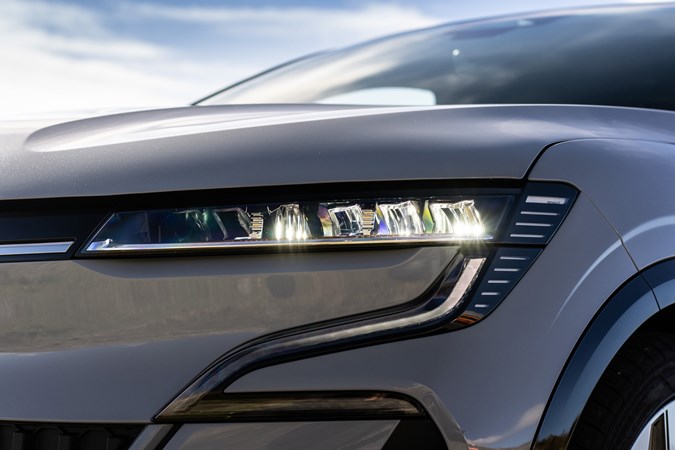
Lights
Make sure that all of your car’s lights work and that they are free from road grime – including the fog lamps and reversing lights. A quick wipe with some kitchen roll before each journey will buy you lots of extra vision if there’s salt on the roads.
Although many cars have automatic Daytime Running Lights (DRLs), some people do forget to turn on their sidelights or headlights in low-visibility conditions, meaning they’re relying just on their DRLs. That means their vehicle often isn’t illuminated from behind, making it difficult for other road users to see them.
Anything else?
Number plates
You number plates pick up much more dirt in the winter than they do in summer. But remember that it is illegal to have numberplates too dirty to be read – the police take this very seriously indeed. Make sure to keep your plates clean, even if you don’t bother to wash the rest of the car.
Breakdown cover
Ensure you have cover – and that the contact details are close to hand – to avoid being marooned in the middle of nowhere. It might feel like an unnecessary expense but if you break down or suffer from a puncture you can’t fix in the depths of the night, it’ll suddenly feel worth every penny.
Battery
Winter can take a harsh toll on car batteries, so before the worst of the weather hits make sure that your battery is in a good condition. Motor factors and retailers can test a battery to see whether it’s holding an adequate level of charge and, if not, it’s worth replacing.
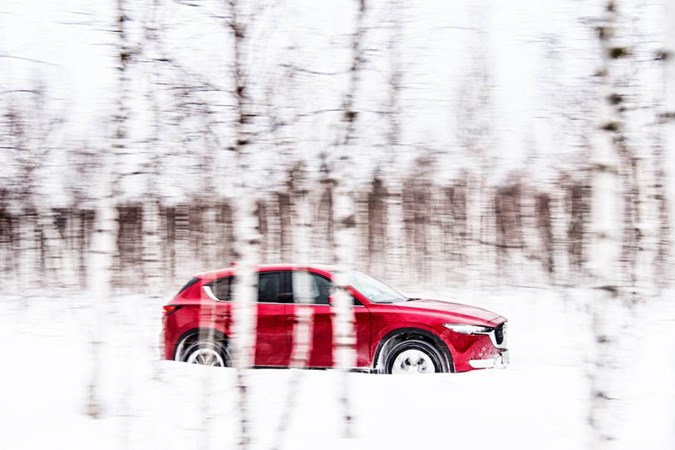
Jump start pack
Jump-starting technology has come on in leaps and bounds in recent years, with powerful little kits like the NOCO GB40 now scarcely bigger than a smartphone. Rather than having to wait on a breakdown recovery truck to arrive, investing in a jump starter and keeping it in the boot is a handy way to get you out of a battery-related hole in a hurry. Even if you don’t often use it yourself, it’s likely to make you someone else’s best friend.
Antifreeze
If your car’s cooling system doesn’t have any or enough antifreeze in it, cold conditions can cause it to freeze – which can lead to major mechanical problems. Check it and drain and refill as required or, if you’re not sure what’s required, get it inspected by a local garage.
Winter driving tips: give yourself room
The main thing to remember is that, in poor conditions, stopping distances can be twice as long, if not more. So, remember to hang back from the car in front. If you’re on a motorway and another car fills your own braking zone, then back off – it’s absolutely essential to keep clear space around you.
Headlights
Leave them on dipped beam so other drivers can see you clearly on the road. Don’t use your rear fog lights unless visibility is seriously restricted (to less than 100m).
Speed
Drop your speed on wet or icy roads to give yourself time to slow down if needed. Expect the unexpected and be on your guard – if you are driving slower, it buys you more time.
Puddles and standing water
Watch out for floodwater on bends. Also, the colder it is, the riskier driving through standing water is. If it looks deep, hang back as it might not be worth the risk of driving into it. Maintain a slow steady speed as you drive through any water once you’re sure it’s not too deep, and then test your brakes as soon as you’re out of the water.
Air con
When the windscreen demister just isn’t cutting it in heavy rain, double check that your car’s air conditioning system is switched on. It essentially works like a dehumidifier and can help to clear the windscreen more rapidly. It will also help keep the other windows clear, boosting visibility.
Winter weather driving: best survival equipment
It’s sensible to keep several items in the car over winter that could prove invaluable in the event of an emergency.
Ice scraper or de-icer
Being able to see the road around you clearly is crucial. Make sure you can see out of your windows and mirrors before setting off. And clear all of them. Also, if there’s snow on the roof, wipe off before you set off – a ‘snow hat’ can cause all manner of visibility issues for other drivers behind you if it falls off at speed. You could use a car cover in winter to keep the ice and snow off, but they can be a hassle to deal with and cause paint and moisture-related problems.
Blanket and warm clothing
In the event you get stuck in winter, keeping warm is very important, so you’ll want to leave a car blanket and winter clothing such as a hat, gloves and a cosy jacket in the boot just in case. We’d also recommend leaving a sturdy pair of boots in the luggage compartment in case you need to abandon your car and trudge off somewhere else. It happens.
Water and food
Fog, snow and floods can lead to hours of traffic jams in winter. Having high-energy food – such as chocolate or energy bars – and water close to hand could prove invaluable if you get stuck. You can also top up washer fluid with the water if you run out – though you’ll need to remember to add proper washer fluid later to avoid this freezing if temperatures fall.
Keep these in your glovebox, too
High-visibility jacket and torch
Should the worst happen and you break down, these will keep you as visible as possible. Many cars these days come with these items as standard, but it helps if you can lay your hands on them in a hurry in the dark.
First aid kit
This helps you to deal with any minor injuries there and then.
And to aid grip and traction when it gets slippery…
Shovel and snow socks
A folding shovel could come in handy if you encounter deep snow or mud. Snow socks, which you wrap around the driven tyres, could also be very useful, gripping much better than summer tyres on packed snow. Make sure to take them off as soon as you go back onto clear Tarmac, however, as using these on gritted roads will destroy them in minutes. You can also use snow chains in deeper snow and ice.
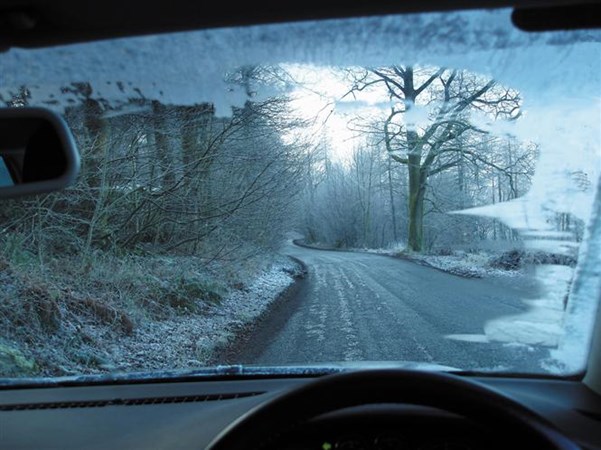
Snow driving in the UK
Adapting your driving to the conditions is vitally important during winter. Take heed of the following winter driving advice and you should avoid incident:
Driving in the snow for the first time
If you’ve never driven in the snow before, it’s vital that you don’t rush. If you can, try and practice snow driving on some quiet roads, so you can get to grips with moving off, stopping, and steering in snow. Drive slowly and carefully, be smooth with the controls, leave plenty of room between you and other cars, and always look where you want to go.
Slow down and leave room
Cars need much longer to stop on snow, ice and even wet roads, so drive more slowly and leave extra space when following other vehicles. Remember, your stopping distance can be 10 times longer. Not leaving enough stopping distance, or room for avoidance, is a very common cause of snow driving accidents.
Beware of black ice
This is a real possibility as temperatures near zero, so drop your speed and drive smoothly in these conditions, trying to avoid any sudden steering, braking or acceleration inputs. Try to brake in a straight line and in a progressive manner to avoid unsettling the car and skidding. If you do lock the brakes, release the brake pedal to regain control.
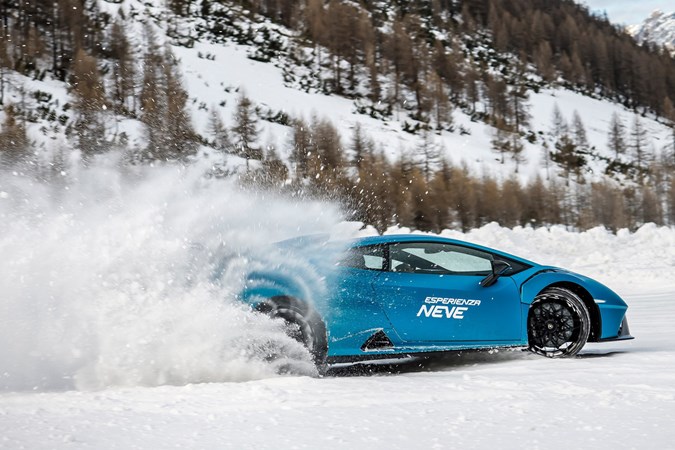
Start in second gear
When driving on snow think about pulling off in second gear to limit wheelspin.
Take sunglasses
The low winter sun can easily dazzle drivers, so it’s wise to keep a pair of shades in the car. In these conditions, put your lights on, too.
Lights on
Use dipped headlights in foggy, rainy and snowy conditions and whenever light levels drop.
Override automatic headlights
Many cars switch their lights on when it gets dark, but they can’t always tell when it’s raining, snowy or foggy, so you need to take control here.

Use foglights wisely
Foglights should only be used when visibility drops to less than 100m. Make sure you know how to switch these on and off and use them in dense fog but switch them off when it thins as they can dazzle other drivers.
Plan your route
If you have to drive in wintry weather consider the most suitable route, bearing in mind that sticking to larger roads could prove safer, as these are more likely to be clearer and well gritted.
Negotiate hills carefully
Avoid stopping on a hill in snow, if possible, as you may struggle to pull off again. When descending hills, use a low gear and try to avoid using the brakes if you can to avoid skidding.
Driving in high winds
Strong, sudden gusts of wind can sometimes catch drivers off-guard, especially on motorways. Driving in high winds creates its own set of difficulties, so here are some tips to help you manage it safely.
Slow down
A slower speed gives a driver more time to react and, thus, greater control if their car is caught by a sudden crosswind.
Keep both hands firmly on the wheel
While many drivers tend to casually drive with one hand on the steering wheel, high winds call for some driving school basics. Two hands on the wheel with a firm (but not overly tight) grasp can help better maintain control in sudden gusts.
Look out for debris
From fallen trees to flying dustbins, strong winds can throw any number of things into the road creating a potential hazard for drivers. Being aware that there could be debris on the road and slowing down can better help motorists avoid hitting any, damaging their vehicles and possibly causing a worse, multi-car accident.
UK snow driving FAQs
How can I drive better in the winter?
One way to improve your winter driving skills is to invest in some driver training. Skid pan days, for example, will give you safe experience of what it feels like to be in a skid, and how to recover from one. There are also some dedicated winter driving courses and training sessions available in the UK, allowing you to get to grips with driving in slippery conditions in a safe, controlled environment.
What is the AA advice for winter driving?
The first point the AA raises is, quite sensibly, whether you need to travel at all. You and your car might be perfectly capable of undertaking the trip, but traffic and accidents might mean it’s impossible to reach your destination. Other key points include driving gently, leaving plenty of room for stopping or avoidance, and considering the purchase of winter tyres.
Is it safe to drive in the UK in winter?
Driving in winter weather in the UK is more challenging and more risky than driving in good conditions, but you can minimise both the difficulty and risk by applying our winter driving tips and advice. Otherwise, if you are very nervous about driving in the snow, even after some practice, or if it makes you very uncomfortable, it’s perhaps best to wait until the conditions improve.



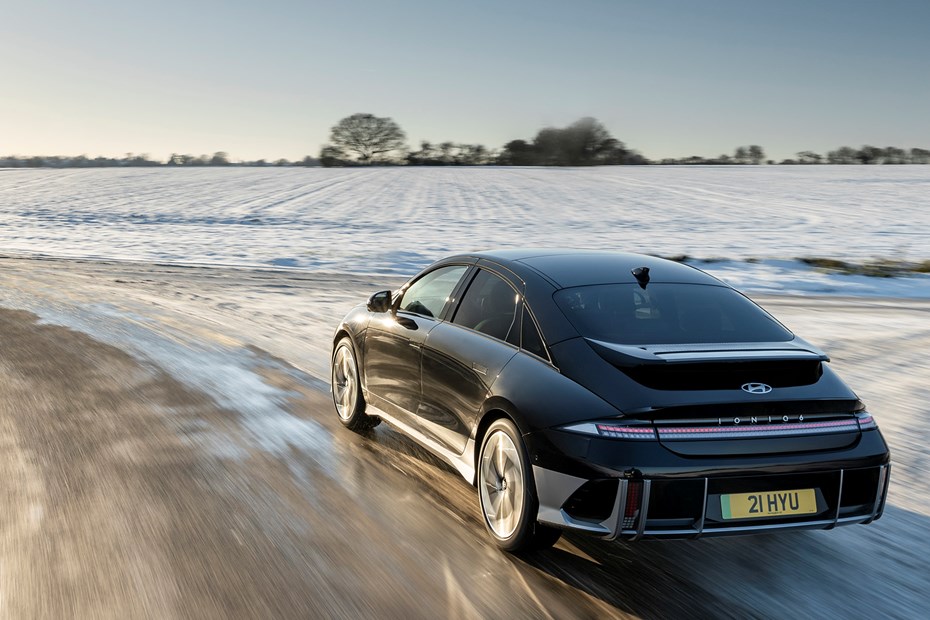

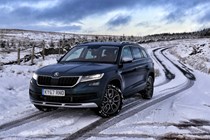
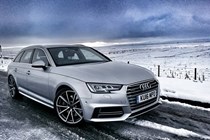
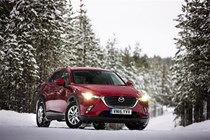
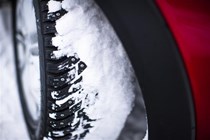



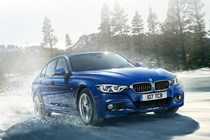
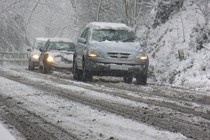
.jpg)
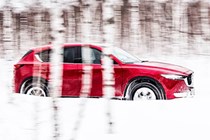











.jpg?quality=50)

